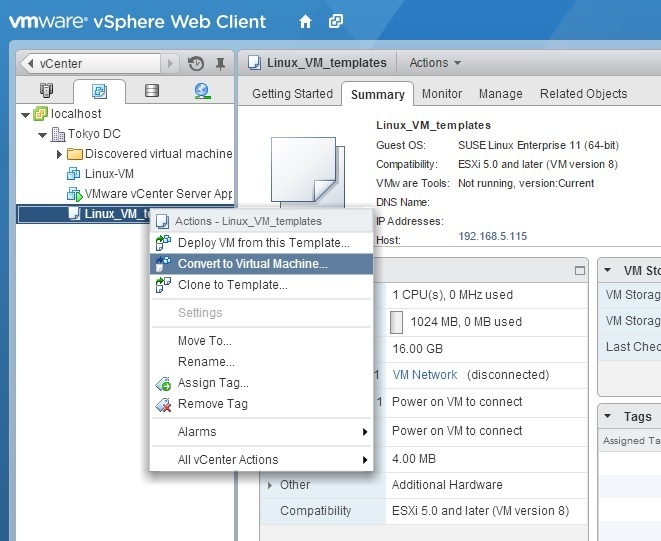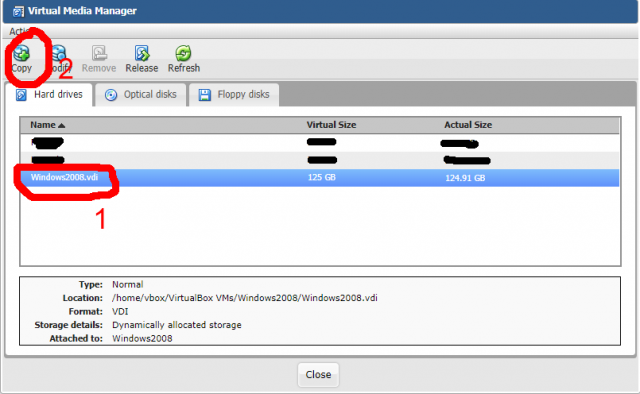


#CLONE VIRTUAL MACHINE VMWARE ESXI 6.7 GENERATOR#
#CLONE VIRTUAL MACHINE VMWARE ESXI 6.7 INSTALL#
(Optional) To update the latest version of the ESXi Host client, run the following: esxcli software vib install -v "" **At the time of this writing, the latest version is Build 11675023 as per profile used below, be sure to change the profile number** esxcli network firewall ruleset set -e true -r httpClientĮsxcli software profile update -p ESXi-6.7.0-20190104001-standard \Įsxcli network firewall ruleset set -e false -r httpClient (Optional) To update ESXi to the latest version, connect to the host via SSH and run the following: Once the VM powers back on, log in and enable SSH so that we can run some additional commands to update the OS and prepare it for cloning use Disk2: 100GB (for VSAN capacity tier bound to NVME Controller thin provisioned)īe sure you connect the ESXi installation media and power on the VM to begin the installation.Disk1: 10GB (for VSAN cache tier bound to NVME Controller thin provisioned).Disk0: 16GB (bound to the default SCSI controller thin provisioned).CPU: 2 (Expose hardware assisted virtualization to the guest OS – checked on).So without further ado, let’s get to it!įor my ESXi VM, I will be configuring the following: Props to William for his excellent content on nested virtualization, which I’ve used a ton and will be leveraging here as well. In this post, I am going to show you the steps I ran through to create an ESXi 6.7 VM that I can convert to a template for later use. William Lam has an ESXi VM which can be downloaded from here, but I wanted to go ahead and create my own for use within my nested lab environments.

Nested virtualization is nothing new, and many of us use it for test or demonstration purposes since they can quickly be stood up or torn down. Disclaimer: The following is not supported by VMware.


 0 kommentar(er)
0 kommentar(er)
